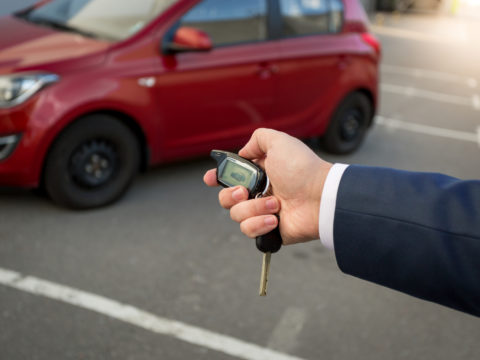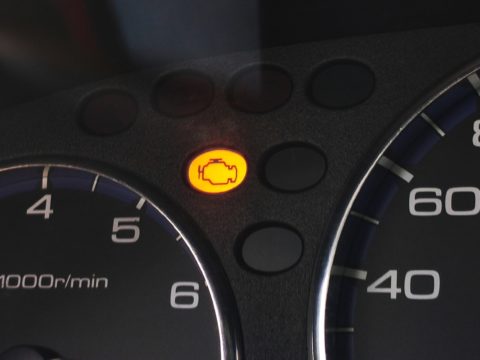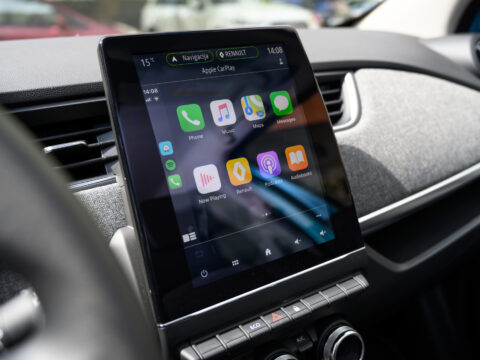Do you have a car that drives that well, but has a turn signal that blinks faster than usual? Then, before you consider replacing it, check out these potential causes and solutions to help you save extra. Thankfully, fixing it can be a simple process.
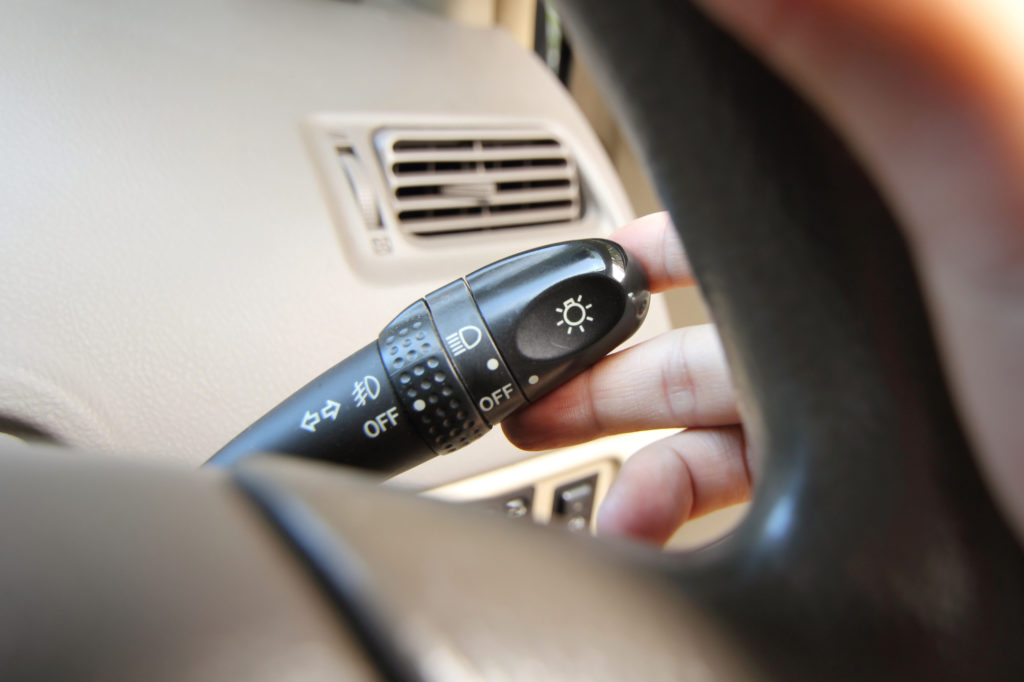
Contents
How does a turn signal work?
When using a turn signal, pushing the lever up or down makes your car’s rear right or left signal flash. When this process occurs, the internal circuit powers electrical pulses into its flashers in the direction you shift the turn signal lever.
When the signal light flashes, this indicates when you’ll turn or change lanes. The flashing also occurs as its internal strip continuously heats and cools down when connecting with the circuit.
A turn signal that’s in good condition should blink rhythmically within a minute. However, if it blinks too fast, it may have some underlying issues. Turn signals are an essential tool for proper road safety since you alert the drivers behind you know where you want to go, reducing the chances of road accidents.
5 main causes of a fast-blinking turn signal
Before delving into how to fix a fast-blinking turn signal, it’s crucial to know which causes you should look out for. If your car’s turn signal experiences one or more of these issues, you’ll need to take action as soon as possible before getting back on the road.
1) Burned out bulb
The first issue that most people usually find in faulty, fast-blinking turn signals is a broken or burned-out bulb. This issue causes a disruption in how the turn signal’s current travels through its circuits. When this happens, you can expect faster blinking or clicking from your tail lights, headlights, or dashboard reader.
2) Unstable connection
Worn-down wiring or bad ground connections are another reason your car’s turn signals may have a faster-than-normal blinking rate. Sometimes, this wear and tear can be caused by outdoor elements or becoming dirty over time.
3) Incompatible lighting
If you happen to replace your turn signal lights, fast-blinking may occur because your car’s electronic design isn’t designed for the most up-to-date powerful bulbs. For instance, this can happen if you replace your car’s halogen bulbs with LED ones. This incompatibility makes the vehicle believe it isn’t drawing enough power, and signals you that something is wrong.
4) Insufficient voltage
If your car lacks the amount of voltage necessary for powering it, your turn signal may begin flickering fast. If the voltage is less than 12V, you’ll have to get it fixed. Keep in mind this fast-blinking speed can differ based on the type of vehicle you own.
5) Issues with your relay
Another plausible reason your turn signal keeps blinking faster than usual is your car’s relay condition or compatibility. All vehicles have flasher relays that control the speed of the signal’s blinking. However, it may malfunction without warning, even if you haven’t done anything to cause it to wear down.
How do you tell your signal is fast-blinking?
You can check if your signal is fast-blinking by parking your car, pushing your turn signal lever up or down, and checking the turn signal indicator on your dashboard. If the indicator blinks at a steady rate, nothing’s wrong. If your indicator flashes and clicks at a higher pace, it’s going too fast.
You can also use an ohmmeter or digital multimeter to get a reading on the bulb’s circuit and current.
What does it mean when your turn signal starts blinking fast?
Suppose you’re driving around the block and someone spots you as your turn signal starts blinking fast. When it enters hyper flash, it could be a sign that its bulbs are broken or about to die out.
How to fix a fast-blinking turn signal in 4 simple steps
Although the task may feel daunting at first, there are several ways you can fix your turn signal’s blinking without calling your local vehicle mechanic.
Inspect your lights
Before checking your turn signal’s bulbs, switch its lever up and down to see if the right or left lights blink excessively. It would also be wise to check the front and back of the car to confirm if one or more bulbs aren’t working correctly. Take note of the number of blinks per minute from each light. If one goes over the 60 to 120 flash maximum, that one has the issue.
Search for the busted bulb
To check if a busted bulb is the culprit of your fast-blinking turn signals, unscrew the front or back light covers to access it. If you see a damaged filament inside the bulb, it’s burned out. After removing it and the electric connector, take a replacement bulb, screw it back in, and shift the turn signal lever to see if it blinks at a normal rate.
Check the relay
If your bulb doesn’t have any damage, check the turn signal relay. If you hear clicking or think it’s too dirty, unplug it, clean it, and put it back in place before turning it back on. Checking and replacing the flasher is another way to potentially fix the turn signal’s flashing.
Check the fuses or wires
Before taking your car or truck for a test ride, inspect its wiring to ensure they aren’t corroded or loose. Ideally, you should check each connector to see which one has faulty voltage that’s causing the fast blinking.
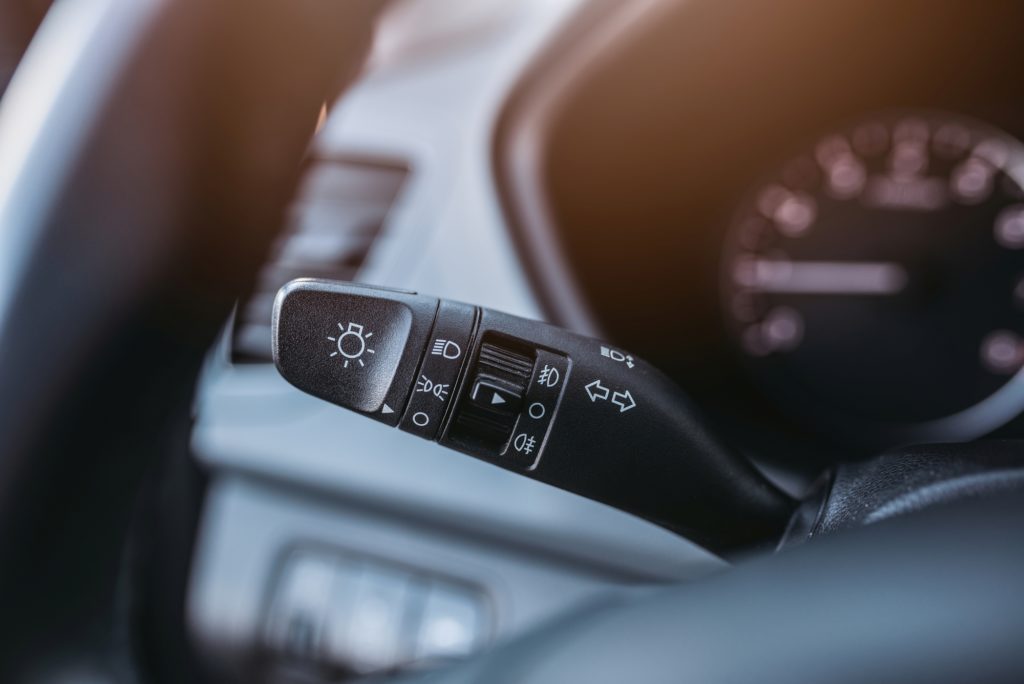
FAQ
Is a fast blinker illegal?
Yes. The legal blink rate for your turn signal is between 60 to 120 flashes per minute. If it flashes more than this maximum range, you could get pulled over while driving. However, this blinking measurement may differ from state to state.
How do you tell if the relay in your car is in good shape?
Typically, a relay that’s in good shape should have its electrical connections intact. It should also click when you switch it on. If you test the electrical signal, a relay in good condition should light up or click.
How much does a turn signal relay cost?
The average cost of a turn signal relay replacement is between $100 and $120. Additionally, the price of its parts and labor costs can also push the cost to almost $200.
Final Thoughts
Your car’s turn signal is an essential tool in following safety protocol on the road. When it begins blinking too fast, the bulbs might be worn down or their connection may occur if your car has compatibility or other issues.

